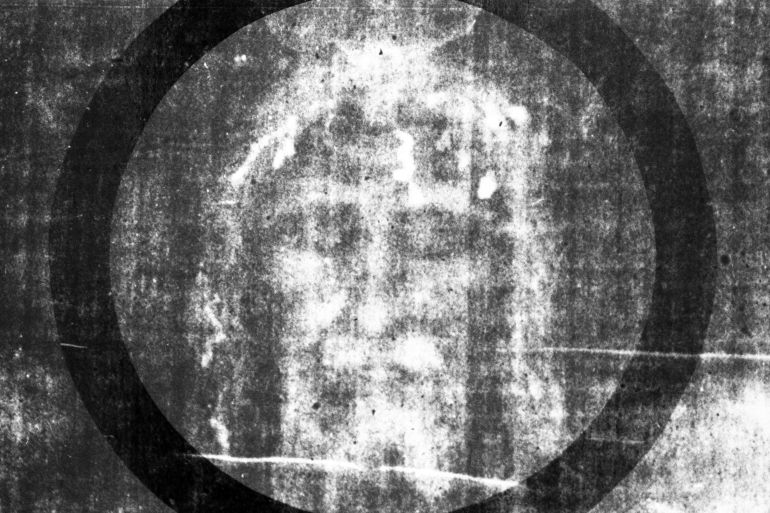The Shroud of Turin has long been a subject of fascination and controversy. This ancient linen cloth, believed by many to be the burial shroud of Jesus Christ, has sparked debates, fueled scientific inquiries, and inspired countless theories over the centuries. A recent study by Italian scientists has reignited interest in the shroud, suggesting that it may indeed date back to the time of Jesus. But what is the truth behind this enigmatic relic?

What is the Shroud of Turin?
The Shroud of Turin, also known as the Holy Shroud, is a 4.3-by-1.2-meter (14-by-4-foot) linen cloth bearing a faint image of a man. For many, this image represents Jesus Christ after his crucifixion, making the shroud one of the most revered and debated religious relics in history.
The shroud first surfaced in recorded history in 1354 when it was presented to the dean of the church in Lirey, France, by a knight named Geoffroi de Charny. De Charny claimed it was the very cloth that wrapped Jesus after his crucifixion, though how he acquired it remains a mystery. Despite early claims of its authenticity, skepticism soon followed. In 1389, Pierre d’Arcis, the bishop of Troyes, denounced the shroud as a forgery, citing an artist’s confession of creating it. Yet, Pope Clement VII permitted its continued display as a religious icon, rather than a true relic.
Over time, the Shroud of Turin passed through various hands, eventually becoming the possession of the House of Savoy, an Italian royal family. It was moved to Turin, Italy, in 1578, where it remains today. The shroud has since been the subject of intense scrutiny, with many seeking to uncover the truth behind its origins.
The Enigmatic Image of the Man
One of the most compelling aspects of the Shroud of Turin is the mysterious image of a man that appears to be imprinted on the cloth. The image’s origin has baffled scientists and researchers for decades, leading to numerous theories but few definitive answers.
In 1978, the Shroud of Turin Research Project, an international team of experts, attempted to determine how the image was formed. They concluded that the image was not a painting, as no remnants of dye or pigment were found. Various hypotheses have been proposed since then, ranging from chemical reactions between the fabric and a body to radiation following an earthquake. Some have even suggested that the image might be an early form of photography, resembling a negative.
Recent Scientific Findings
The most recent study, led by Italian scientist Liberato De Caro and published in 2022, has added a new layer to the debate. De Caro and his team from the Institute of Crystallography in Bari, Italy, used a technique called wide-angle X-ray scattering to analyze the shroud’s linen. Their findings suggest that the shroud could indeed be a 2,000-year-old relic, aligning with the time of Jesus Christ.
However, the study also emphasized the need for further analysis to precisely date the shroud. The results, while promising, are not yet conclusive. This ongoing uncertainty highlights the challenges of dating such ancient textiles, especially ones that have been exposed to various environmental factors over the centuries.
The Challenges of Dating the Shroud
Efforts to date the Shroud of Turin have faced significant challenges. In 1989, a radiocarbon dating study estimated the shroud’s age to be between 1260 and 1390 AD, suggesting it was a medieval creation rather than a relic from the time of Christ. However, this dating method has been criticized for potentially being skewed by contamination from centuries of handling and display.
Giulio Fanti, a professor at Italy’s Padua University, has argued that external factors could have affected the carbon dating results, leading to inaccurate conclusions. The debate over the shroud’s age remains unresolved, with further research needed to reach a definitive answer.
Conclusion
The Shroud of Turin continues to captivate and mystify people around the world. While recent scientific findings offer intriguing possibilities, the true origin of the shroud remains a mystery. Whether it is the authentic burial cloth of Jesus Christ or a medieval forgery, the shroud’s enduring legacy lies in its ability to inspire faith, curiosity, and debate. As research continues, perhaps one day we will finally uncover the truth behind this ancient relic.


